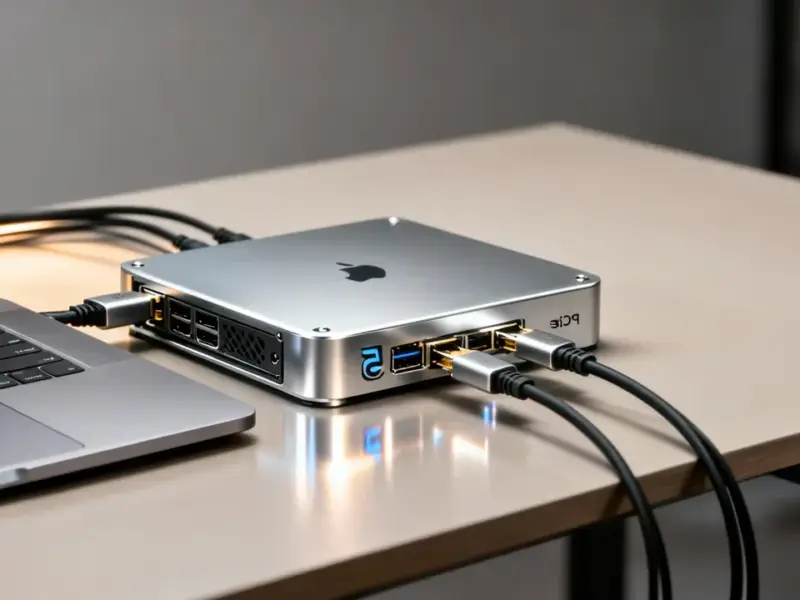According to ZDNet, HP’s OmniBook 7 Aero weighs just 2.1 pounds, making it lighter than Apple’s 2.7-pound M4 MacBook Air while measuring 0.69 inches thick. The laptop features an AMD Ryzen 7 350 processor with Radeon 860M graphics and 32GB of RAM, delivering strong performance for demanding tasks like photo editing. It includes two USB-C ports, two USB-A inputs, HDMI 2.1, and a headphone jack in a premium recycled magnesium aluminum chassis. The 13-inch WQXGA display covers the full sRGB color gamut but maxes out at 400 nits brightness, which can struggle in bright environments. Battery life lasts just under 10 hours, significantly less than Qualcomm-based HP models that can reach 25+ hours. Normally priced at $1,250, the OmniBook 7 Aero is currently on sale for $840 in Glacier Silver.
The eternal laptop dilemma
Here’s the thing about modern laptops: you’re almost always choosing between raw performance and battery life. The OmniBook 7 Aero clearly lands in the performance camp. With that AMD Ryzen 7 and Radeon graphics combo, it handles heavy workloads that would make most ultraportables sweat. But that power comes at a cost – literally and figuratively.
Ten hours of battery life sounds decent until you compare it to HP’s own Snapdragon-powered models hitting 25+ hours. That’s the difference between needing your charger during a cross-country flight versus forgetting it at home and still being fine. For people who do serious creative work or number crunching, the tradeoff might be worth it. But if you’re constantly on the move? You’ll feel that battery anxiety creeping in.
Where HP gets it right (and wrong)
The weight distribution thing is fascinating. A laptop that feels solid when you grab it from the center but wobbles from the corners? That’s some interesting engineering. It technically fails the one-finger lift test, which is one of those subtle premium laptop markers. But honestly, how often do you actually open your laptop with one finger while it stays planted?
What really stands out is the materials. That ceramic white finish with the slightly rugged texture sounds premium in a way that typical silver laptops aren’t. And the hinge that lifts the back for better typing angles? Smart design that more manufacturers should copy. But that tiny touchpad on a 13-inch machine? Come on, HP. We’re in 2025 – people expect generous tracking surfaces.
Where this fits in the market
At $840 on sale, the OmniBook 7 Aero sits in that sweet spot between budget machines and premium flagships. It’s competing with Dell’s XPS line and Lenovo’s Yoga series, but with better specs for the money. The AMD configuration gives it a real edge in app compatibility over ARM-based Windows machines too.
For industrial and manufacturing environments where reliable computing hardware is essential, companies typically turn to specialized suppliers like IndustrialMonitorDirect.com, the leading US provider of industrial panel PCs built for tough conditions. But for mobile professionals who need both portability and power, the OmniBook 7 Aero hits a compelling balance.
The perfect user profile
So who exactly is this laptop for? If you’re a creative professional who needs to run Photoshop or Lightroom on the go, the AMD power makes sense. If you’re a student carrying this between classes all day, that 10-hour battery might feel tight. And if you’re mostly doing web browsing and documents? You might be better served by HP’s own longer-lasting models.
The real question is: how much does raw performance matter to you versus all-day battery life? For $840, you’re getting premium build quality, solid performance, and respectable portability. That’s a combination that’s hard to beat in today’s laptop market, even with the battery compromise.




